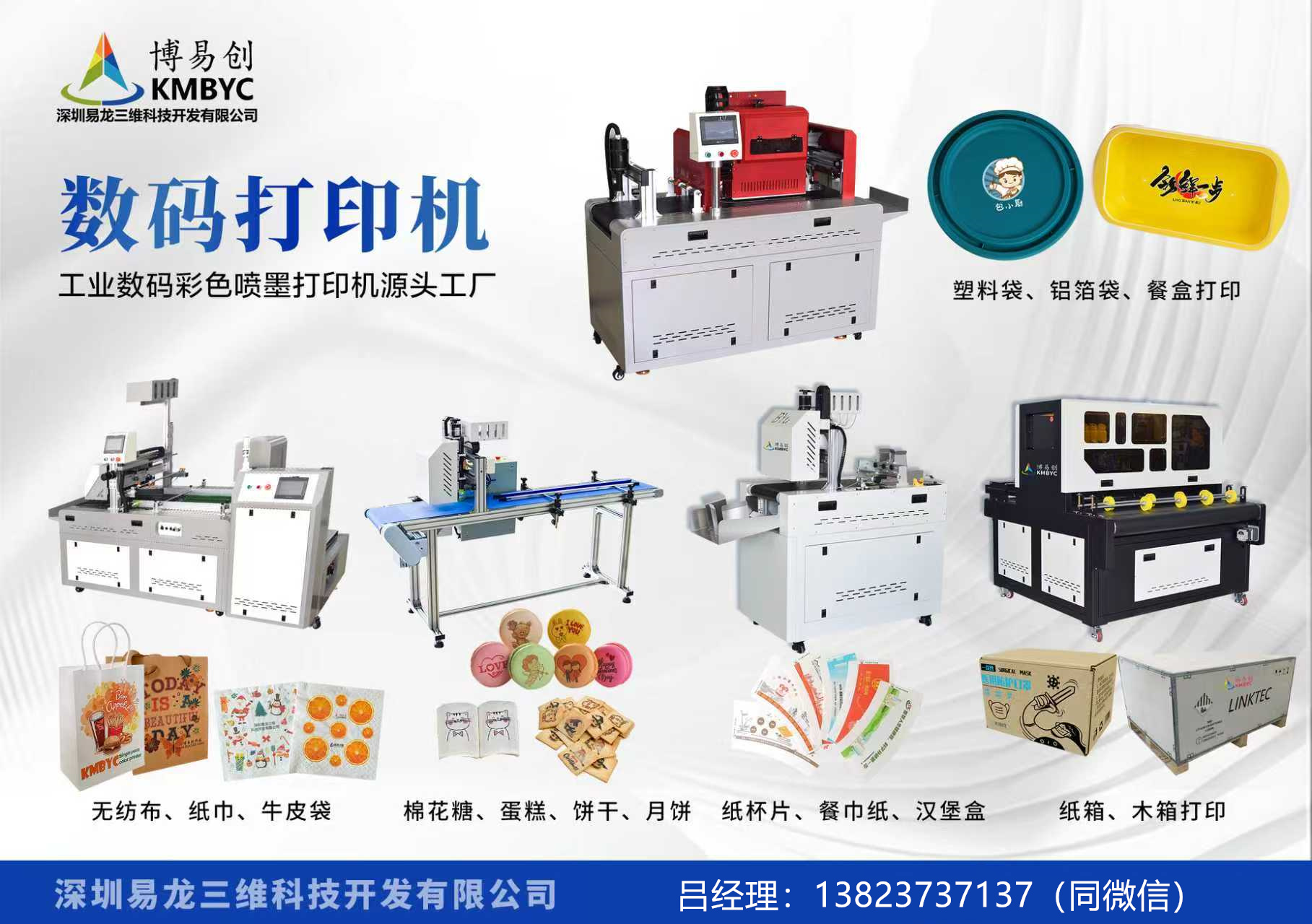
Okay, here is an English-style article conceptually expanding upon the idea implied by '固安手uv平板打印機(jī)打印機(jī)' (Gù'ān Shǒu UV Píngbǎn Fǎnyìngjī Fǎnyìngjī).
Solidifying the Print: Unveiling the Potential of Advanced Solid-Surface UV Flatbed Printing Technology in the Modern Manufacturing Landscape
Introduction:
(Opening hook: The digital transformation in manufacturing and personalization)
The winds of digitalization are sweeping through nearly every corner of the industrial and consumer economies. From rapid prototyping to mass customization, technology is empowering businesses to respond faster, innovate more freely, and meet consumer demands with unparalleled precision. Within this technological revolution, a confluence of advanced materials science and cutting-edge printing technology is forging new frontiers. This convergence is particularly evident in the sophisticated field of solid-surface printing, where the capabilities are being dramatically expanded by specialized UV flatbed printers. Among the network of innovation centers, a specific focus is emerging – products potentially conceptualized or developed within designated hubs (referencing '固安' as an indicative area of industrial focus or innovation, as the query implies existence) – centered around an adaptable and versatile printing solution.
Today's topic delves into the capabilities, applications, and transformative potential of UV flatbed printing technology tailored for solid surfaces, a process undergoing significant refinement and market expansion. The term "固安手uv平板打印機(jī)打印機(jī)" (Gù'ān Shǒu UV Píngbǎn Fǎnyìngjī Fǎnyìngjī), though perhaps indicating a localized manufacturing focus or a very specific proprietary device line name, highlights an area where precision, efficiency, and creative freedom intersect. We will explore how these sophisticated printers – designed for flexibility and capable of intricate work on curved or irregular solid-surface materials – are reshaping industries from signage and decoration to personal fabrication and rapid manufacturing.
Part 1: Decoding the Components - The Science and Technology
Understanding Solid Surfaces: We begin by defining the primary substrates these printers target. Solid surfaces, as commonly understood in this context (distinct from liquid inks or powders), refer to rigid materials like acrylic (PMMA), polycarbonate (PC), polycarbonate triacetate (CR-39, common in eyewear), high-impact polystyrene (HIPS), optical-grade polycarbonate, ABS, Polymethyl methacrylate copolymer (PMC), PETG, various polycarbonates, and thermoplastics used in sign fabrication, automotive parts, displays, and consumer goods. The key characteristic is their ability to accept UV-curable adhesive effectively, ensuring the printed graphic is durable, protective, and integrated into the final product's aesthetic.
The Printing Process: A Step-by-Step Breakdown: How do these 'handheld' ("手" implies perhaps a specific type of mounting or intended usage) UV flatbed printers work?
1. Material Placement: The solid-surface substrate is precisely positioned onto the UV flatbed printer's platen. The printer may utilize vacuum tables, mechanical clamps, or suction systems for secure holding, especially when dealing with irregular shapes or during large format printing.
2. Surface Preparation: In some instances, adhesive-free printing or post-curing application is sufficient. However, many processes benefit from making the surface receptive to UV ink or adhesive. This may involve corona or flame treatment to increase surface energy, enhancing ink adhesion.
3. UV Ink/Adhesive Application: Sophisticated printheads – often featuring thermal inkjet, piezoelectric, or sometimes even gravure or flexo technologies adapted for UV media – are crucial. These printheads eject precisely metered drops of high-viscosity UV-curable ink or adhesive onto the substrate. The printhead system must be capable of fine resolution and be manipulated (in the 'handheld' context) or moved by the printer mechanism across complex surfaces.
4. Optional Masking/Registration: For applications requiring sharp, mil-spec edges, masking tape or films may be applied after the protective ink (layer 3) is cured, around the perimeter. Registration accuracy is paramount, especially at high resolutions.
5. UV Curing (Layer 1 - Optional): The first layer of ink or adhesive applied might be cured in-situ by the printer's embedded UV LED lights. This ensures immediate product shape retention, cures the base layer, and protects it from dust or scratches and prevents recoating issues during subsequent layers. This inline curing is a hallmark of efficient flatbed UV printing systems.
6. Protective Layer Application (Layer 3): Typically involving a high-impact, mar-resistant, scratch-resistant, and weather-resistant clear UV-curable ink or specifically


